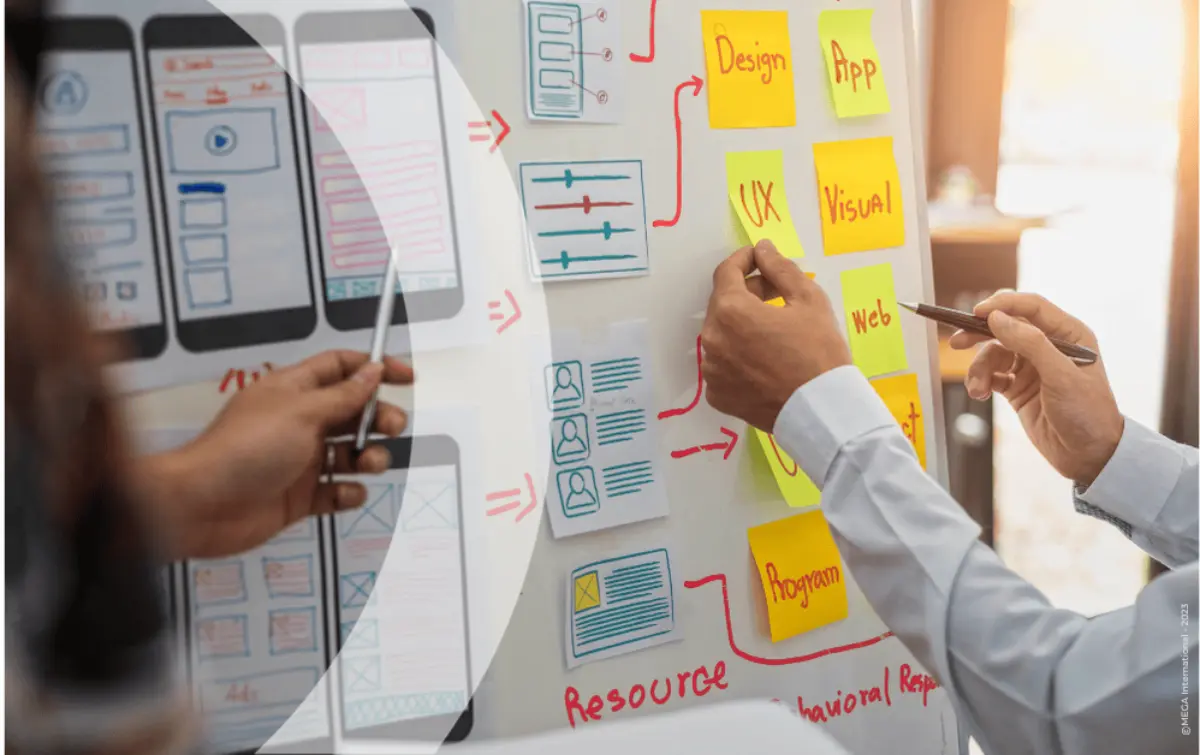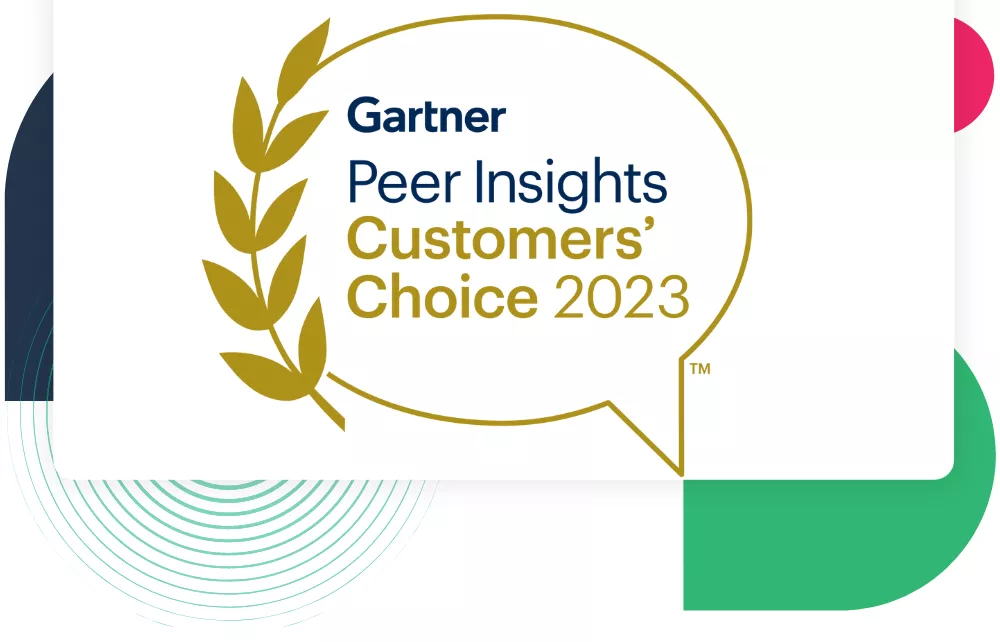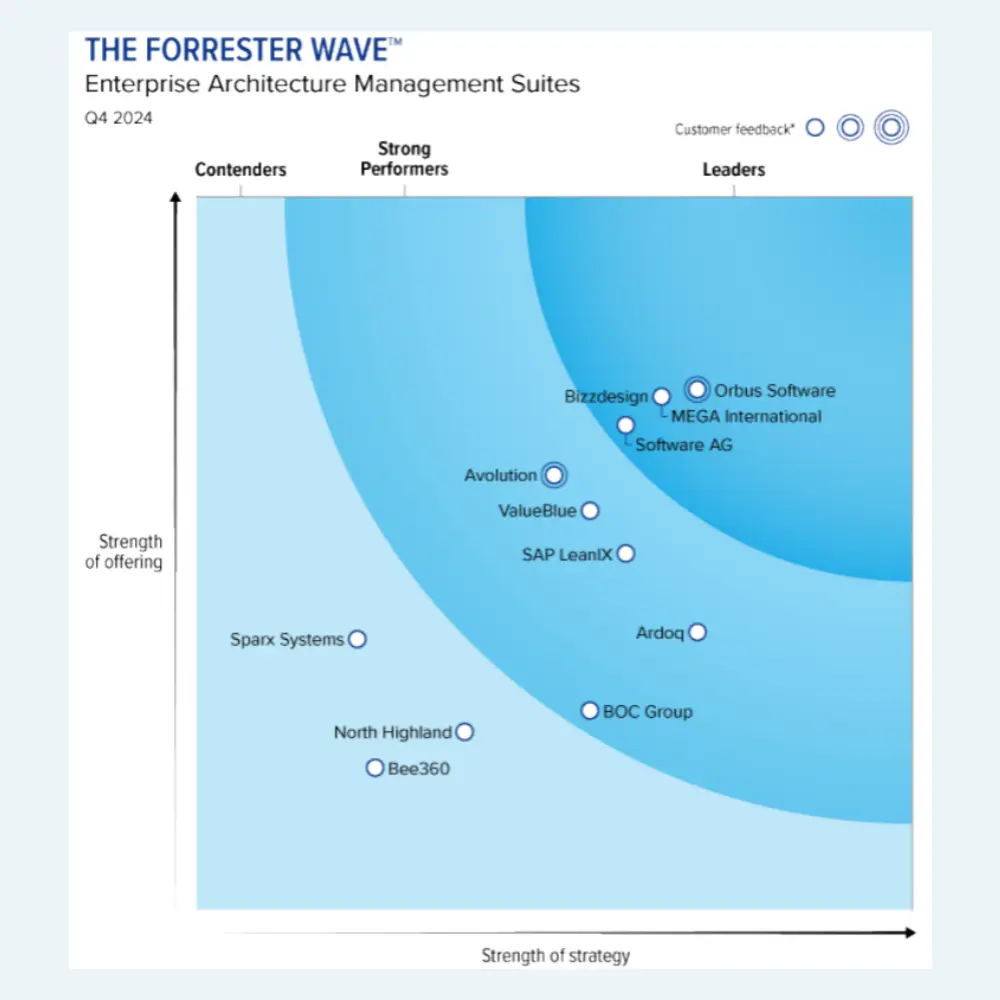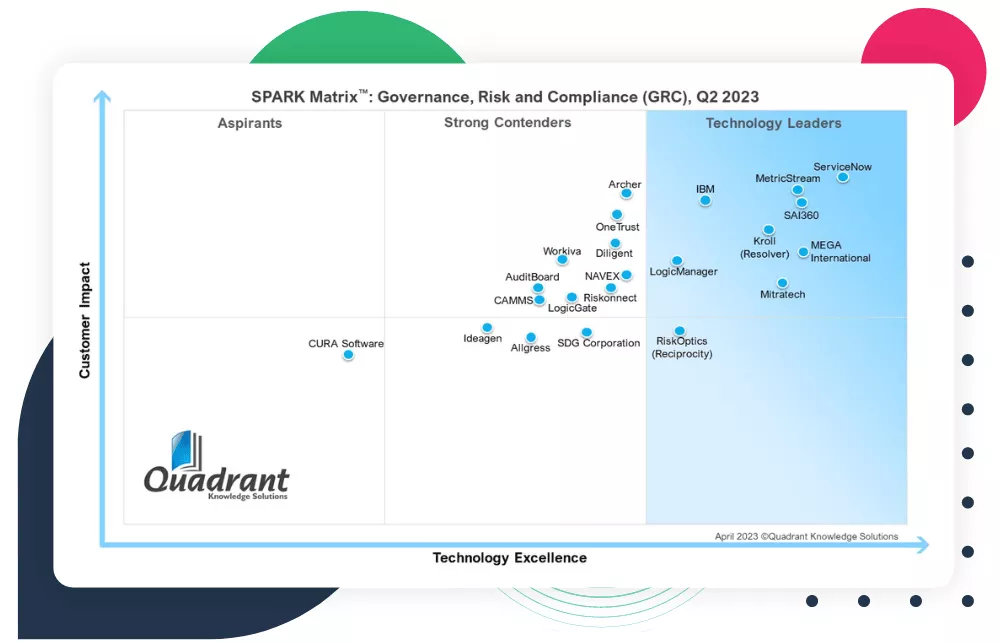
UX and eco-design: complementary sustainable approaches
These are very distinct approaches and are generally entrusted to different professions.
Eco-design is no longer just a concern for conservationists but also user experience (UX) designers. The two approaches seem distinct at first sight, but they share the same vision: creating durable and satisfying products for users. Therefore, combining these two complementary approaches in a project design or redesign of a digital service is relevant.
Main differences between UX design and eco-design
In addition to its interface (the only one visible to the user), a digital service encompasses a complete value chain, from the back office to the various contact points (touch points), representing the moments of interaction between an end-user and a brand. A set that must be considered in connection with the user experience and eco-design.
Concretely, the work on the user experience (UX) aims to design products capable of meeting users' needs and expectations, aiming to develop products and services that are easy to use, pleasant, and effective. This UX approach, sometimes restricted to graphics and the visual rendering of interfaces, has a much broader field of action and thus encompasses web ergonomics and usability, digital accessibility, and many other aspects. While UX optimization is a mature concept, it continues to evolve with new user habits, and its results remain motivating: a well-designed UX can increase team productivity by 20 to 50%. The same observation is seen in e-commerce, with a probability of making purchases multiplied by 3.5 on a well-designed site and expenses down 22% in the opposite case.
On the other hand, eco-design means considering the environmental impacts of the production and use of products throughout their lifecycle. The objective is to minimize these impacts by using sustainable materials, limiting the production of waste, or improving the energy efficiency of products and services. In digital, the approach is more recent than questions related to UX. Still, it is gradually (and even rapidly) gaining its place in the challenges of creating or redesigning products and services.
In either case, these two approaches have in common that taking them into account from the project scoping phase is essential to maximize the benefits - late involvement would considerably reduce these benefits. Therefore, having a holistic view of all the products is necessary because working in projection is always more efficient and less expensive: correcting a development problem would cost 10 times more than resolving it in the development phase.
and common benefits
Without being diametrically opposed, the issues of UX and eco-design are quite distinct. However, it is surprising to note that their respective benefits converge spontaneously. For example, eco-design efforts will often improve the user experience (UX): simple interfaces are thus less resource-consuming, faster to load, and easier to use. This matches/fits user expectations: 53% of mobile visits are abandoned if loading a page takes more than 3 seconds.
Similarly, a product designed to be durable and respectful of the environment will be better received by users, who are increasingly sensitive to these issues. Their experience will also be improved with a product with an extended lifespan, giving its producer a reputation for quality and better loyalty from its customers.
The benefits are also financial for a digital product or service publisher. According to ADEME, eco-design makes it possible to reduce production costs by up to 20% and even to increase its competitiveness turnover by 7 to 18% while improving its profitability.
Create a positive relationship between UX Design and eco-design
Closely linked, UX Design and eco-design can also be found in the reference system published by the Responsible Digital Institute (GR491), which is at the origin of the General Reference System for the Eco-design of Digital Services (RGESN) published at the end of 2022, one of the sections of which is specifically titled “UI/UX”.
In detail, some good practices specific to eco-design are, in fact, clearly oriented towards the user experience: removing non-essential functionalities, precisely quantifying needs, or even removing unused functionalities (for later versions). All these previous points will improve the quality of a digital product and contribute to the principles of responsible digital while improving the user experience.
Faced with such convergences, it is now a question of bringing together the teams in charge of UX design on the one hand and eco-design on the other, which are both in search of transversality. The design community often asks to work on eco-design because it gives even more meaning to the projects carried out. By working hand in hand, they will only be more effective. UX Design and eco-design are two areas that can complement each other to create more sustainable and responsible products to meet user needs. Therefore, it is essential to consider these two aspects when designing products, applications, or websites.
MEGA Leadership Related Content
See the Bigger Picture and Accelerate Business Value
Discover how organizations rely on us to transform their IT
Hear More From Companies Like Yours






